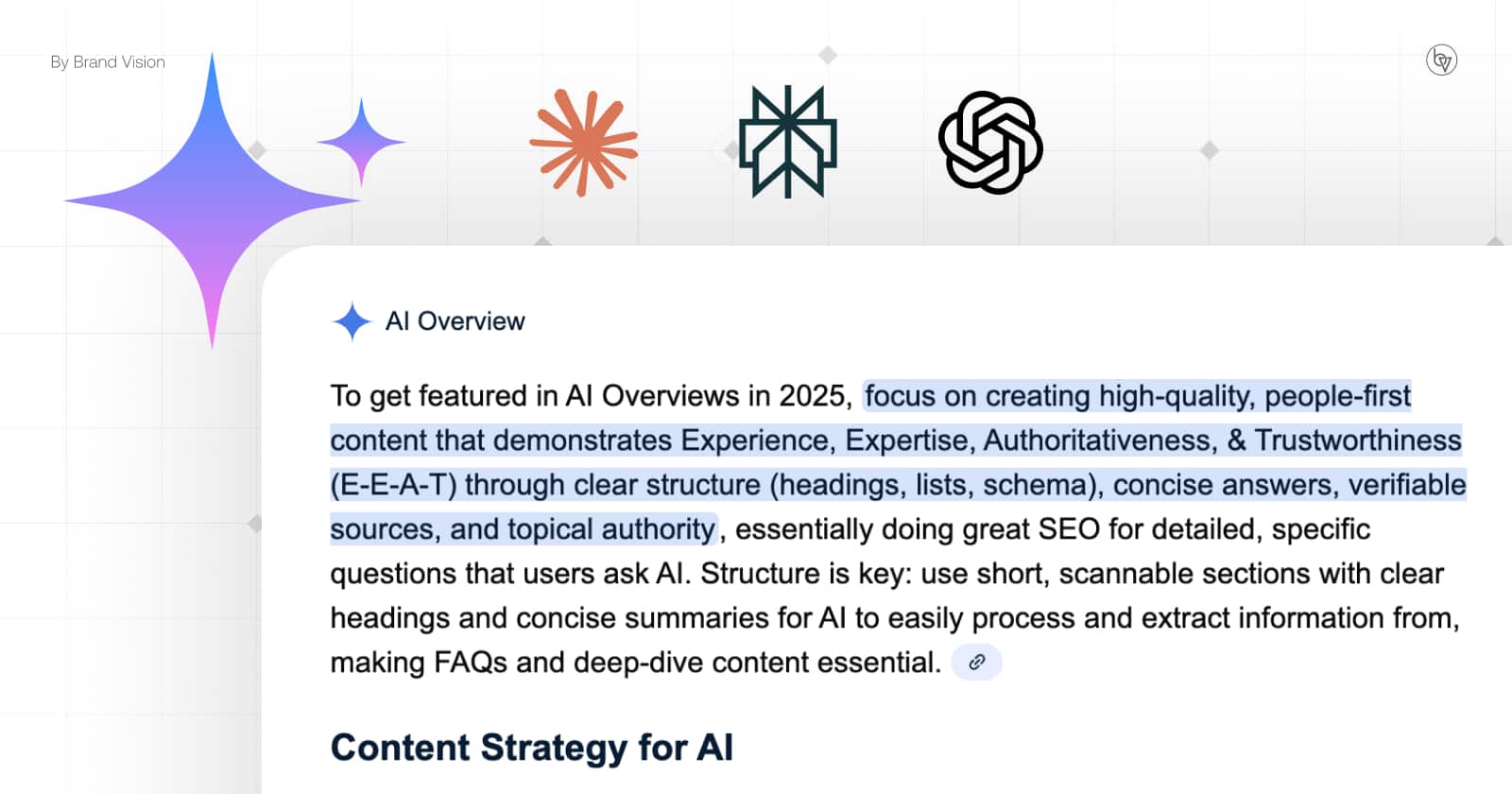10 Ways To Use Behavioural Science To Better Conversion and Website Performance (With Examples)
Updated on
Published on

Businesses that want to succeed online must prioritise better website performance. A key driver in achieving this goal may lie in the strategic application of behavioural science principles. By harnessing the intricacies of human behaviour, website designers and marketers can create a user-centric digital experience that not only engages visitors but also drives conversions. Here, we will delve into the ten crucial behavioural science techniques that can be seamlessly integrated into website design to elevate overall performance and increase conversion rates.

1. Guiding Attention with the Von Restorff Effect
The Von Restorff effect, a principle rooted in Gestalt psychology, posits that the item that stands out the most in a series is the one most likely to be remembered. In the context of website design, this effect can be harnessed to guide user attention strategically. Employing product badges, such as 'best seller' tags or distinctive markers, draws attention to specific items or content, making them more memorable for users.
Application in Website Design:
- Integration of visually striking product badges.
- A/B testing to analyse the impact on user engagement.
Example: An A/B experiment by a digital agency resulted in a 30% increase in mobile booking appointments by adding a 'BOOK NOW' tag.
2. Establishing Trust with Social Influence
Social influence, a concept deeply rooted in psychology, highlights that people are inherently social creatures. Harnessing social proof, a subset of social influence, can significantly impact user behaviour on websites. By showcasing positive feedback, reviews, or endorsements from other users, the perceived risk associated with an action is reduced, fostering trust and encouraging conversions.
Application in Website Design
- Integration of customer testimonials on product pages.
- Displaying ratings, reviews, and user counts.
Example: An A/B experiment showed a 40% increase in purchases by adding testimonials and a Google star rating below the buying options.

3. Motivating Users with the Picture Superiority Effect
The picture superiority effect emphasises that visuals are more likely to be remembered than textual information. Leveraging this effect in website design involves using compelling imagery to evoke emotions, capture attention, and enhance user engagement. Visual elements such as filters or vibrant graphics can be strategically employed to create a memorable and immersive user experience.
Application in Website Design
- Integration of visually appealing images and graphics.
- A/B testing to measure the impact on user interactions.
Example: An A/B experiment resulted in a 60% increase in transactions by incorporating visually engaging filters on a digital agency's website.
4. Using Conditioning with System Feedback
Conditioning, a behavioural science principle deeply ingrained in human learning, can be applied to website design through system feedback. Incorporating recognizable symbols, such as green ticks or positive colour schemes, provides users with clear indications that they have successfully completed a task. This not only enhances user understanding but also contributes to a positive and satisfying digital experience.
Application in Website Design:
- Inclusion of iconography and colour-coded feedback.
- A/B testing to assess the impact on conversion rates.
Example: An A/B experiment showed a 14% increase in conversion on mobile devices by incorporating green ticks to indicate task completion.
5. Embrace the Decoy Effect
Exploit the tendency to change preferences when presented with a less appealing option. The Decoy Effect plays on the idea that introducing a less attractive alternative can influence individuals to favour a more desirable option. This psychological phenomenon can be effectively utilised in presenting choices to guide users towards preferred selections.
Application in Website Design
- Introduce a less attractive third option to make other choices more appealing. In the context of pricing plans or subscription options, introducing a decoy that is less appealing in terms of value or features can subtly nudge users towards choosing the more advantageous options.
Example: A software subscription service could introduce a basic plan with limited features (the decoy) alongside comprehensive plans. This makes the latter options appear more attractive in comparison, leading to an increase in conversions for the premium plans.
6. Simplify Choices to Reduce Overload
Minimise options to prevent decision paralysis. In a world where choices abound, individuals can become overwhelmed when faced with too many options. The principle of reducing overload emphasises the importance of streamlining choices to enhance the decision-making process.
Application in Website Design
- Streamline navigation menus, product categories, or subscription plans.
- Website designers can simplify the user experience by decluttering navigation menus, organising product categories logically, and presenting subscription plans in a clear and concise manner. This minimises cognitive overload and facilitates smoother decision-making.
Example: Limiting choices and emphasising default options leads to better decision outcomes. For instance, an e-commerce platform streamlined its product categories, presenting users with a curated selection and emphasising default options. This approach led to more confident decision-making and increased user satisfaction.

7. Trigger the Zeigarnik Effect
Exploit the tendency to remember incomplete tasks. The Zeigarnik Effect suggests that individuals have a better memory for incomplete or interrupted tasks. Leveraging this psychological principle can be advantageous for maintaining user engagement on a website.
Application in Website Design
- Use progress bars or incomplete indicators to maintain user engagement.
- Incorporating progress bars, incomplete task indicators, or encouraging users to save progress can tap into the Zeigarnik Effect, encouraging individuals to return to and complete tasks they've started.
Example: Implementing progress bars encourages users to return to incomplete tasks. Consider an online course platform that employs progress bars to track completion. Users who see their progress visually represented are more likely to return and complete the course, capitalising on the Zeigarnik Effect to enhance user engagement.
8. Harness Confirmation Bias
Align content with users' existing beliefs. Confirmation bias refers to the tendency of individuals to favour information that aligns with their pre-existing beliefs or values. In the realm of website design, aligning content with users' beliefs can positively influence their perceptions.
Application in Website Design
- Craft messaging and visuals that reinforce positive perceptions.
- Understanding the target audience's beliefs and preferences allows designers to create content that resonates. Whether through messaging, imagery, or branding, aligning with users' existing beliefs enhances engagement and fosters a positive user experience.
Example: Content tailored to users' beliefs enhances engagement and conversion. A health and wellness website catering to a holistic lifestyle audience strategically crafts content that aligns with users' beliefs in natural remedies. This tailored approach not only engages the audience effectively but also leads to higher conversion rates.
9. Invoke the Pratfall Effect:
Showcase imperfections to enhance relatability and trust. The Pratfall Effect revolves around the idea that showcasing imperfections or vulnerabilities can make individuals or products more relatable and trustworthy. Embracing imperfections can help a brand stand out in a world where polished images are frequently the norm.
Application in Website Design
- Incorporate elements of negativity or imperfection into marketing campaigns.
- Marketing campaigns that incorporate a touch of imperfection or acknowledge shortcomings can humanise a brand. Whether through humorous ads or transparent communication about challenges, invoking the Pratfall Effect can foster authenticity.
Example: Imperfections in marketing materials can make a product or service more appealing. An online streaming service, acknowledging occasional technical glitches in its marketing materials, embraces the Pratfall Effect. This transparency not only resonates with users but also builds trust by showcasing a willingness to be authentic about imperfections.
10. Create a Curiosity Gap with Hyperbolic Discounting

Exploit the tendency to prefer smaller, immediate rewards. Hyperbolic discounting involves the human tendency to favour smaller, immediate rewards over larger, delayed ones. Creating a curiosity gap or offering immediate rewards can be powerful motivators for user actions.
Application in Website Design
- Use cliffhangers or curiosity-inducing content to increase click-through rates.
- Whether through compelling headlines, teaser content, or limited-time offers, designers can leverage hyperbolic discounting to capture user attention and drive immediate action.
Example: Leveraging hyperbolic discounting in free trials significantly boosts conversions. An online software platform strategically employs hyperbolic discounting by offering a limited-time free trial with premium features. The immediate reward of accessing advanced features during the trial period significantly increases conversions to paid subscriptions.
BONUS TIPS:
11. Implement Loss Aversion and Scarcity Tactics:
People prefer avoiding losses over acquiring equivalent gains. Loss aversion suggests that individuals are more motivated to avoid losses than to achieve gains of the same value. Combining this with scarcity tactics can create a sense of urgency and drive users to take immediate action.
Application in Website Design
- Emphasize limited-time offers and highlight scarcity to drive action.
- Whether through time-limited promotions, exclusive offers, or highlighting low stock levels, emphasising the potential loss or unavailability of a product or service triggers a sense of urgency.
Example: Abandoned cart emails emphasising the limited time to retrieve items reduce cart abandonment. An e-commerce platform sends abandoned cart emails strategically, emphasising the limited time users have to retrieve their selected items. This loss aversion tactic, coupled with scarcity, effectively reduces cart abandonment rates as users are motivated to complete their purchases promptly.
Bringing it All Together
By integrating these behavioural science principles into website design and marketing strategies, businesses can create a user-centric digital experience that not only engages visitors but also drives conversions. Continual testing, adaptation, and a commitment to understanding user behaviour are key to optimizing these strategies for specific contexts and user groups. Implementing behavioural science techniques requires a thoughtful and research-driven approach. Recognizing that not every execution suits every website, it is crucial to conduct thorough research and experimentation. Websites cater to diverse user groups, and results can vary based on user behaviours and preferences. Therefore, an overarching behavioural science methodology is necessary, emphasising the importance of evidence-based decision-making.
While the immediate impact of implementing behavioural science in website design is evident in increased conversions, its influence extends far beyond that. The engagement metrics, now considered essential for SEO rankings, can be positively influenced. Moreover, behavioural science can be seamlessly integrated with analytics tools to segment audiences based on intent, providing opportunities for personalised experiences that resonate with users.
Harnessing the power of behavioural science is imperative for websites aiming to excel in user engagement and drive conversions. By strategically applying principles such as the Von Restorff effect, social influence, the picture superiority effect, and conditioning with system feedback, website designers can create compelling and user-friendly interfaces. This not only enhances immediate performance metrics but also contributes to long-term user satisfaction and loyalty. The behavioural science methodology, emphasising research and experimentation, ensures that these techniques are customised to the unique characteristics of each website, making them powerful tools in the hands of digital marketers and designers.







